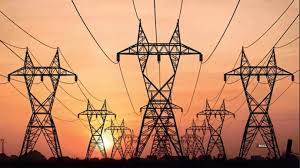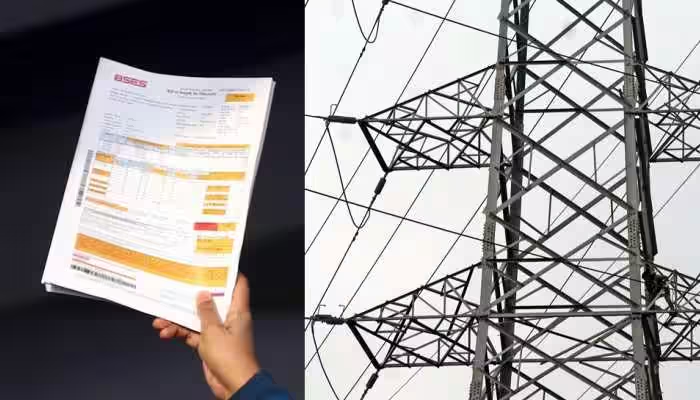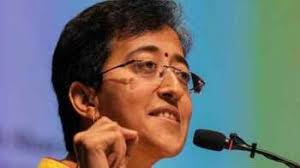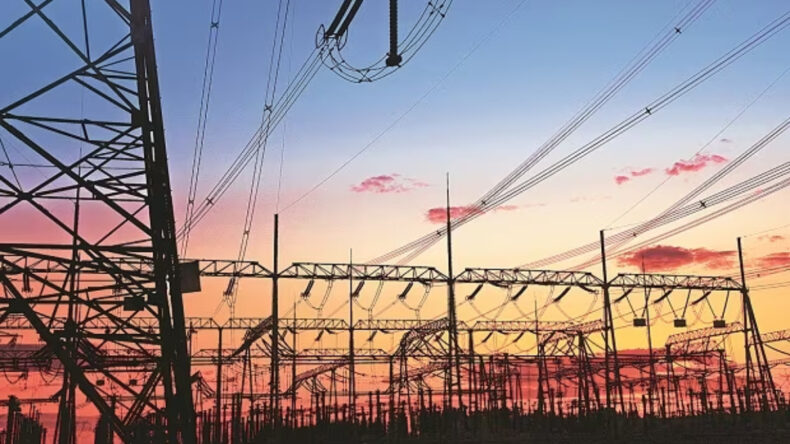Background
The distribution companies in Delhi requested the Delhi Electricity Regulatory Commission (DERC) to allow a cost-reflective tariff for 2024–24 in order to ensure uninterrupted and quality power supply to the public and consumers situated in Delhi.

In response to the request, power regulators in Delhi have granted permission for distribution companies to increase power tariffs in Delhi .
The Delhi Electricity Regulatory Commission (DERC) has allowed BSES Yamuna Power Limited (BYPL) to charge 9.42% more on top of the existing rate, BSES Rajdhani Power Limited will charge 6.39% more; and the New Delhi Municipal Council will charge 2% over the current rate.

This is the first power tariff hike in Delhi since 2014, and the Delhi NCT administration assured that the hike in power tariff will not affect consumers or the public significantly.
Under the Power Purchase Agreement, electricity prices keep fluctuating.
According to the agreement, electricity becomes cheaper in the winter while prices increase during the summer.
In every quarterly review, in accordance with the Power Purchase Agreement, indicate that there is a slight increase or decrease in the prices of electricity units.
Delhi Government’s Response
Delhi Minister Atishi confirms that consumers who receive free electricity up to 200 units will not be affected by this latest hike in tariff. However, other consumers will experience an approximately 8% increase in electricity services.

She blamed the Central Government for the power tariff hike in Delhi, citing the mismanagement of the Central Government that led to an increased rate of coal blocks.
She questioned that if there is no shortage of coal mines in India, then why is the price of coal increasing, thus making the electricity-producing companies buy coal at higher rates ? She stated that if an assessment of coal supply is carried out every 6 months and the power companies are allowed to increase or decrease surcharges accordingly, then why is the cost of power increasing today?
Atishi further stated that in India’s 75 years of history, the country has never faced an artificial shortage of coal, but this would be the first instance of the same.
She claimed that due to the artificial shortage of coal, the Centre has forced power companies to buy imported coal, which has led to an increase in rates. Further stating that imported coal is 10 times more expensive than domestic coal.
Opposition’s remarks
The BJP, on the other hand, has accused the Delhi government of assisting private power distribution companies that have been paying them subsidies without cross-checking them.
The BJP expressed concerns over the hiked power tariffs and told the press that they would soon contact the new DERC Chairman, Justice Retd. Umesh Kumar of Allahabad High Court, to demand a withdrawal of this one-member DERC decision to increase the power tariffs.
Delhi BJP President Virendra Sachdeva alleged that the single-member-led DERC’s Chairman, appointed by the government on June 22, had ordered an increase in the power tariff on the demand of private companies.
Further stating that the silence of the Kejriwal government four days after DERC’s decision to increase power tariffs indicates collusion, and the silence of the power minister on the recent hike indicates that there is some nefarious deal.
North-East Delhi BJP MP Manoj Tiwari announced that the party would protest if the proposed hike in electricity bills was not rolled back, and if not satisfied, the party would also take the legal route if needed.

He questioned Arvind Kejriwal, Chief Minister of Delhi, on allowing a power tariff hike and being silent on this issue, stating that the PPAC was increased from 16% to 22% on June 22 itself.
What is PPAC?
The PPAC is a surcharge levied by the Electricity Regulatory Commission to accommodate variations in the cost of purchasing coal power, but for distribution companies, the PPAC is dependent upon coal prices.
Recently, there has been a significant increase in coal prices due to an increase in import and transport costs, thus leading to an increase in electricity services.












